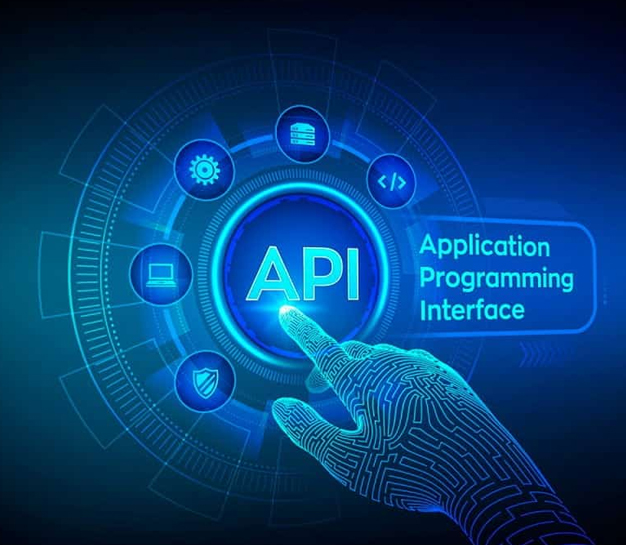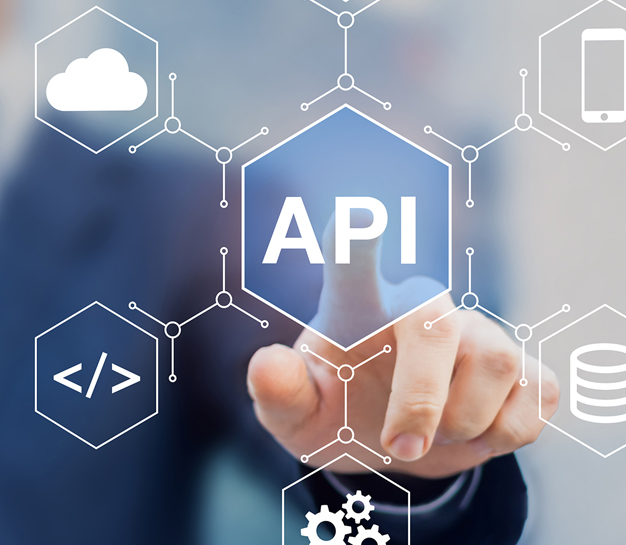API
An application programming interface, or API, allows businesses to expose the data and functionality of their applications to third-party developers and business partners, as well as departments within their own organisations. Through a specified interface, this allows services and products to communicate with one another and exploit one another's data and capability. Programmers aren't required to understand how an API works; they simply utilise the interface to communicate with other products and services. API usage has skyrocketed in the last decade, to the point where many of today's most popular web applications would be impossible to create without them.












